RCR40 MANUAL: Body Prep
Lay rear window in place and assess areas needing material removed. As always, keep in mind "The Golden Rule" it is easier to remove material than add it back, so pay close attention to position in frame each time you assess the fitment.
Using a long body board or pneumatic body board sand down the edges of the window to achieve desired fit.
Sanded to fit, with desired gap all the way around the window.
Cut out exhaust vent opening. Note: Cut to the inside of the radius and then sand to desired finish shape. (see golden rule.. ;-)
With hole cut and finish sanded, fit your vent cover and drill mounting holes.
Should your car have the later "single" vent front clip insert, the side panels will need to be notched as shown.
With insert installed, map out and install Dzus fastners.
Induction cut out, is fairly straight forward. Mark around the profile of the cutout, drill the corners and cut along the marked line.
For the rear light cut outs, it is very important that you carefully identify the center point of the hole. If the hole is off center, your light will then obviously also be mounted off center.
Tip: When fitting the rear lights, cover the face with tape to prevent any accidental scratching. However, don't tape over the sides at that will affect your light fit. As always, it is suggested that you cut your hole undersized.
and then sand to size. Do not permanently secure the light at this time. As this should be done after paint.
Mark your head light holes such that there is only a very small lip remaining on the bottom of the light opening (see right hand picture below). Click HERE for the head light template. Be certain scale is accurate, if not adjust print setting to "actual size" settings. Start you hole undersized and work it to desired fit to the headlight as was done with the rear lights, keeping in mind you do NOT want a tight fit for these lights. Once assembled they must be able to float in the hole for aiming adjustment.
Head Light Installation:
Over the years, there have been many ways identified to mount the headlights into a GT40. Here is our suggested method, as we believe it to be the cleanest and most functional.
First Generation Retainers:
First step is to modify the head light retention bracket. Begin by removing all items identified below. The brackets should be removed by carefully grinding off the rivets, as two of these brackets will be reused.
With the necessary hardware removed, cut the lower lip of the frame in two steps. First, cut the rolled lip off. Be certain to do so to the full length of the second cut, as you will be reinstalling the lip and want to ensure it will be long enough to cover the span. Next, trim down the frame to nearly nothing as shown in the left picture below. Then, bend the lipped piece straight, trim any long ends to fit properly and weld in place as shown in the right hand picture.
Now install the two lower corner brackets into the center positions by means of pop riveting or welding into the original holes. Bend both brackets as shown. Fabricate a support bracket as shown (Click here for template) and shape to optimal fit in the nose of the body panel. (Look further ahead in instructions if clarification is needed for how it is installed).
Now, secure frame to headlight with small pan head screw. Be certain your threaded end does not extend out past a couple of threads, as it will hit the body panel.
Second Generation Retainers:
The later style "aluminum" retainers do not require the above modifications.
With the retainers set, next make the stud frames you will bond into the front clip. Click here for the printable template. Trim as needed to fit properly around each head light opening.
Next, set the frame back in the body panel and install the headlight. Carefully trace the bracket locations onto the frame.
Then determine desired position for mounting studs. Install studs and drill brackets appropriately.
Install push style springs and thumb screws as shown.
Install assembly into place and fiberglass the bracket in two spots that are easiest to get to. This step is simply to "tack weld" the bracket in place. Once the glass cures, remove light and finish glassing the frame into place. Two tips: 1) It's not a bad idea to tape the face of the headlight, just in case resin drips on the lens. 2) Also, tape the studs, for the same reason.
Once glass cures, light is ready for install.
If desired, cut out the rear "license plate" vent and/or any other cut outs of personal preference.
Once all prep and paint in completed, begin reassembly. Since you have already mock assembled the body, reassemble to exact positions already established.
Assembly order:
- A/C system (if utilized) A/C plenum (if not already installed)
- Dash or dash and Full Cage assembly
- Wiper system
- Spider assembly
Spider Assembly details:
4a - Be sure to use body seam sealer under mating surfaces of spider
4b - The wiper post will need to be fed through the hole in the spider during assembly.
Once the spider is installed, then tighten the collar nut on the wiper post.
4c - Screw or rivet the spider in place.
4d - After installation seem seal around the perimeter of the rear bulkhead.
